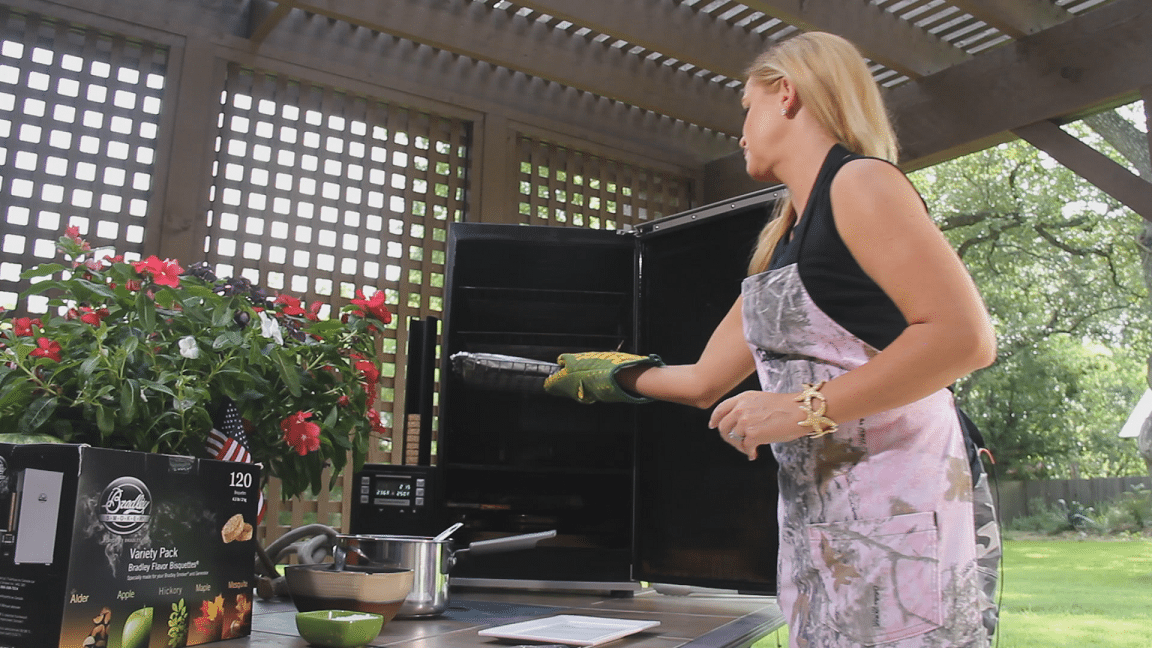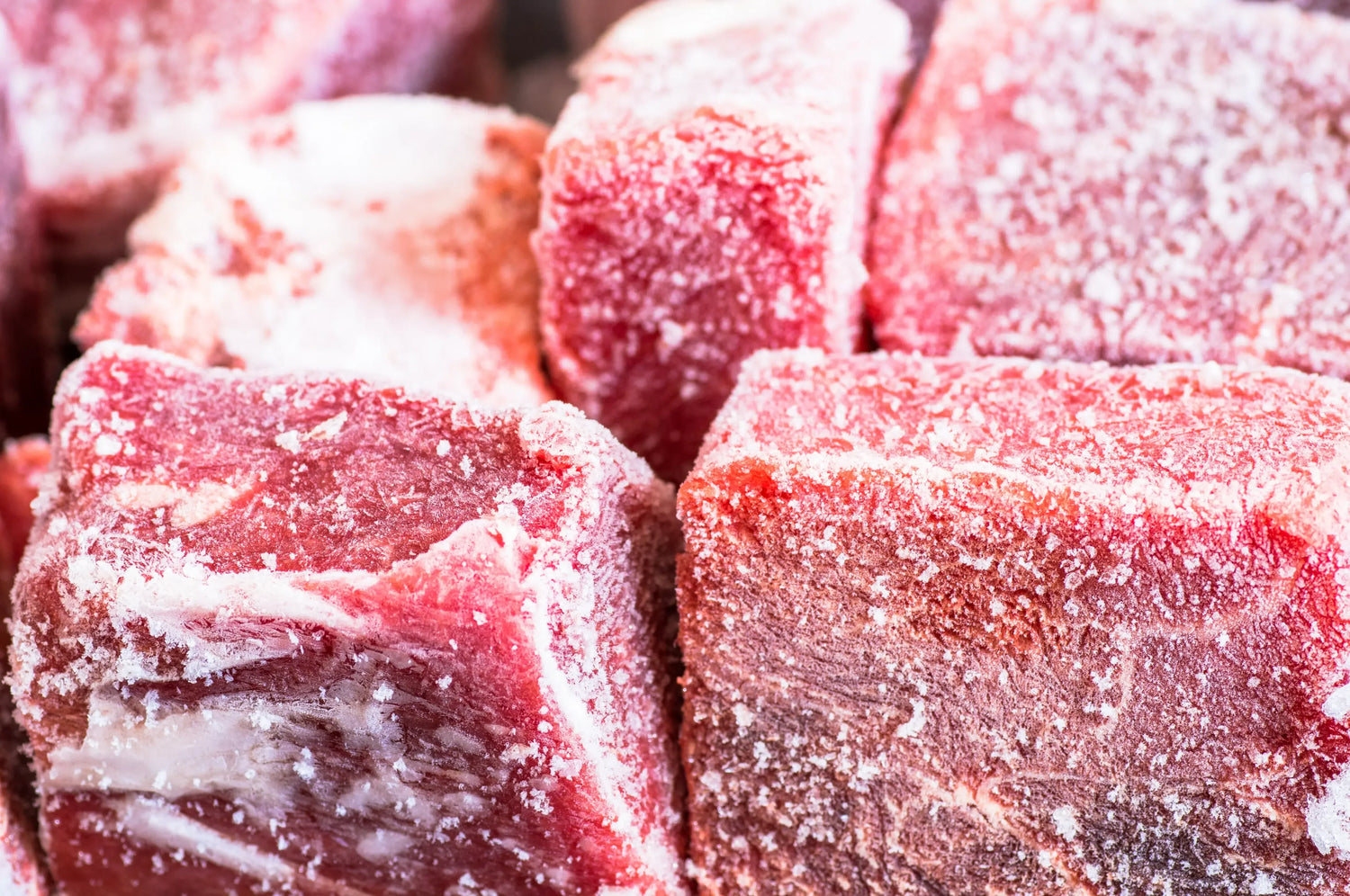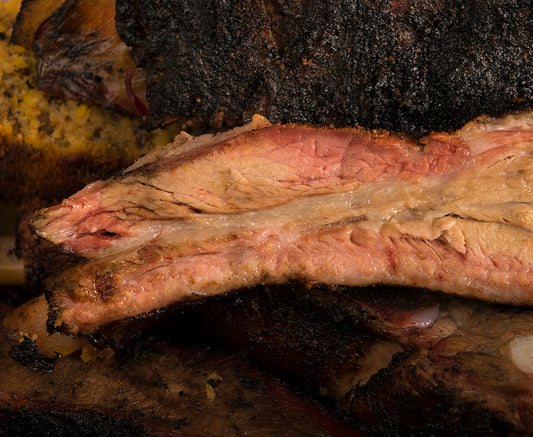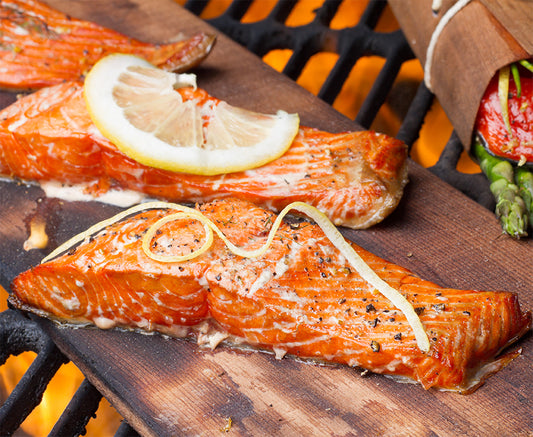Most people have had the hassle of defrosting food, reheating it, only to find out that it was not reheated at all. Then, the question of how to properly store, reheat, and prepare food arises, and procedures vary for every type of food. In particular, meat is most delicate when it comes to freezing and reheating as it risks being unsafe for consumption if not properly done.
Leftovers are a good example that mostly comes from meat coming out of the food smoker or oven and are best served when they’re very hot. There are delicacies that taste like they’re freshly cooked after thawing and reheating, like pulled pork and brisket. Take note, however, that not all food tastes as good when you reheat them. Also, you can only rehat some types of meat once to avoid damaging their quality.
Tips on Reheating Meat
When reheating any kind of food, especially meat, the primary concern is avoiding poisoning yourself and the rest of your family and guests. You wouldn’t want to waste meat since that would mean a waste of money too. The Food Safety and Inspection Service suggests keeping meat at or below 40 °F (5 °C), as anything from 40 °F (5 °C) and 140 °F (60 °C) are considered the danger zone.

Tips on Freezing
When it comes to freezing meat, there are things you need to consider before stacking them up in your freezer. Refrigerators allow you to store excess food items and reheat them when you feel like taking another crack at them. Meat is a delicate ingredient in every menu, and storing them is just as important as cooking them properly.
You must freeze meat as quickly as possible to keep large ice crystals from spreading throughout the meat when it’s already freezing. Leaching of moisture in meat will occur if large pockets of ice exist while reheating. Meat in this condition will become dryer, and their cuts will become tougher, so your freezer must be at 0 °F (-18 °C) or lower.
When freezing food, one important thing you need to keep in mind is to minimize outside exposure. In the case of meat, we strongly advise double wrapping using a combination of foil, plastic wrap, airtight zip-top bags, and freezer paper. Whichever wrapping material you plan on using, be sure to drain it of excess air before closing.
There are specific freezing procedures for every kind of meat, like chicken and other poultry meat, which needs an extra layer of freezer-proof protection. On the other hand, fish requires a careful brining process, depending on the variety of the fish. Lean fish, like cod, grouper, and snapper, must be pretreated, while fattier fishes need to be dipped in cold water with crystalline ascorbic acid.
Storing Meat
In storing meat, try keeping it in meal-sized portions and label its quantity, cut, and date of storage. For smaller pieces of meat like a single chicken breast or pork chops, wrap them individually to prevent exposure to other portions. As much as possible, aim for even freezing of meat by spreading them in a single layer. Wait for them to freeze completely so you can stack them closer to save space.
Once you’re ready to take your meat from the fridge or reheat it, remember never to use a slow cooker. Chafing dishes and steam tables are also discouraged as they take too long to get the food out of the danger zone. Also, take note that meat mustn’t stay above 140 °F (60 °C) from the time you eat or place it in the fridge for another meal.

Final Thoughts
Freezing and reheating meat are two ways to make the most out of your money, time, and effort. These days, technology has evolved dramatically, with cooking appliances surfacing left and right in the market. Bradley makes a positive difference in how to prepare, and cook food.
For more great ideas on how to get the most out of your Bradley Smoker, check out the awesome articles on our Bradley Smoker Food Smoking Blog for more tips & tricks.





